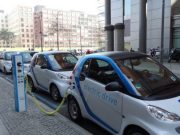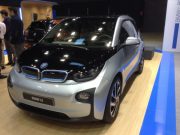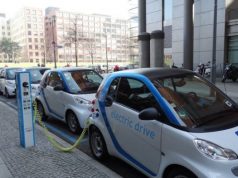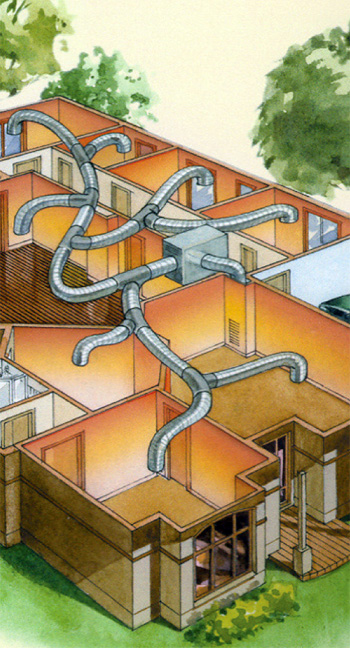
How new technology that can even be controlled from your mobile phone is helping us heat and cool houses in the most sustainable way, writes John Wolfendale
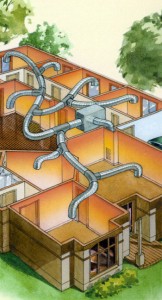
NOTHING seems more wasteful or futile in terms of climate conservation than turning on the air conditioning.
It’s too hot so you burn fossil fuels which make the world hotter, possibly forever, in order to make your own little box cooler temporarily. It’s like turkeys voting for Christmas.
Science has made a lot of progress in the technology of solar cooling. There are a number of technologies which are being researched. There are systems which dry the air with desiccants, systems which dry out salt in a vacuum (solar thermal cooling), and there is geothermal cooling.
In Spain there is a cooling system which is flexible enough to cope with the typical spring and autumn weather, which can be too hot one day and too cold the next.
But energy efficiency isn’t just about science and gadgets these days. It’s about good design: something which, I’m afraid, has been in short supply in the mass construction industry in southern Spain in recent years.
The key to making these technologies energy efficient is in reducing what you ask of them. In short: stop your building getting hot in the first place and once it is cool keep it cool.
That means good, well thought out, design with careful orientation, window placement, and shading. It means good insulation and, ideally, an air-tight building with a mechanical ventilation system and heat exchanger. So you always have dean filtered air in your living spaces at the right temperature and at the right humidity. A well designed (and well constructed) building with solar cooling will keep you comfortable and pay back within five to ten years.
The idea is to install a system which combines the two methods of heating and cooling: on the one hand under-floor technology and on the other, heating and cooling the air.
Under-floor systems are better because they are much more efficient When you heat or cool you deal with the floor, the walls, and the entire structure of the building.
Once you have cooled your building, it should stay cool inside. Even if you open the door. However an under-floor system cannot respond that fast to a sudden change in temperature.
A system which heats or cools the air responds fast, but is inefficient. If you turn the system off or open the door you lose all the cooling or heating effect. Conventional air conditioning systems work entirely in this way and this is why they are so wasteful.
One system my company has started to use involves cold water for cooling in summer created by using an ‘air source heat pump’ rather than a compressor powered by photovoltaic electricity. This is practical for two reasons. The requirement for cooling is low because the building has hopefully been well designed and built. Secondly the under-floor cooling method rather than cooling the air method means that once cool it stays cool.
The best designed buildings include a mechanical ventilation system and heat exchanger which massively increases the efficiency of the building. It also allows us to cool the air introduced into the building. A regulator can manage the two systems seamlessly. It will cool the air to get quickly to the desired temperature then switch to the under-floor for greater efficiency. It also manages the danger of condensation.
It does this by favoring the cooling of the air when conditions are humid because cooling the air also dries it. This regulator can even be managed remotely from your mobile phone.
Even better, these systems use a conventional solar hot water system for heating in the winter and for hot water to kitchen and bathroom. This is augmented by the air heat pump so you always have hot water and heating even on cloudy days.
The mechanical ventilation and heat exchanger operate in exactly the same way in the winter to keep you warm. It is the best way to keep a building cool in summer, warm in winter, and, above all, not heat up the atmosphere and add to global warming.
John Wolfendale is a director of Eco Vida, an architectural construction company specializing in energy efficient buildings. Visit www.ecovidainternational.com for more info



